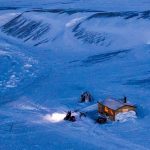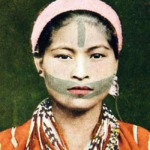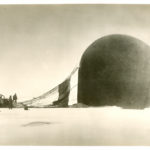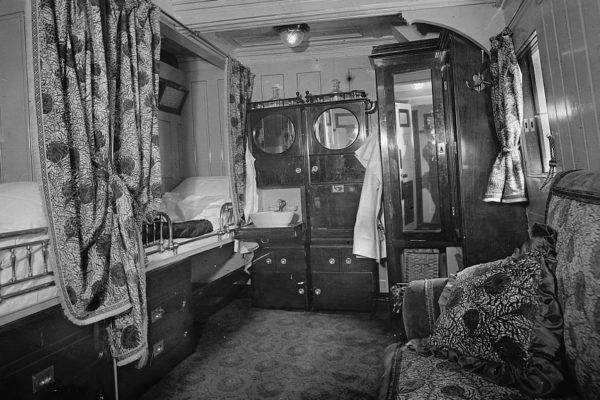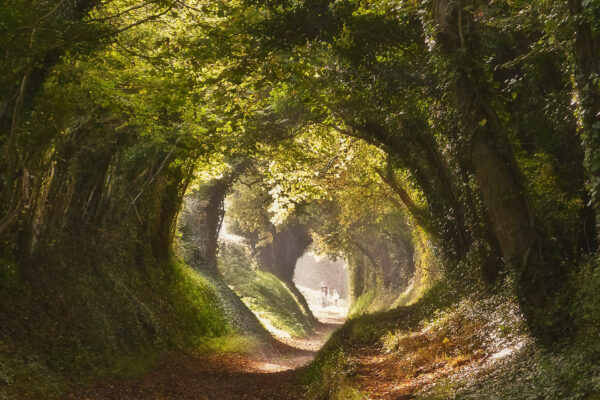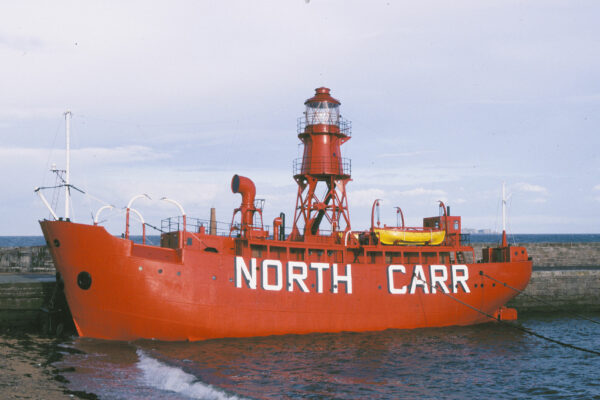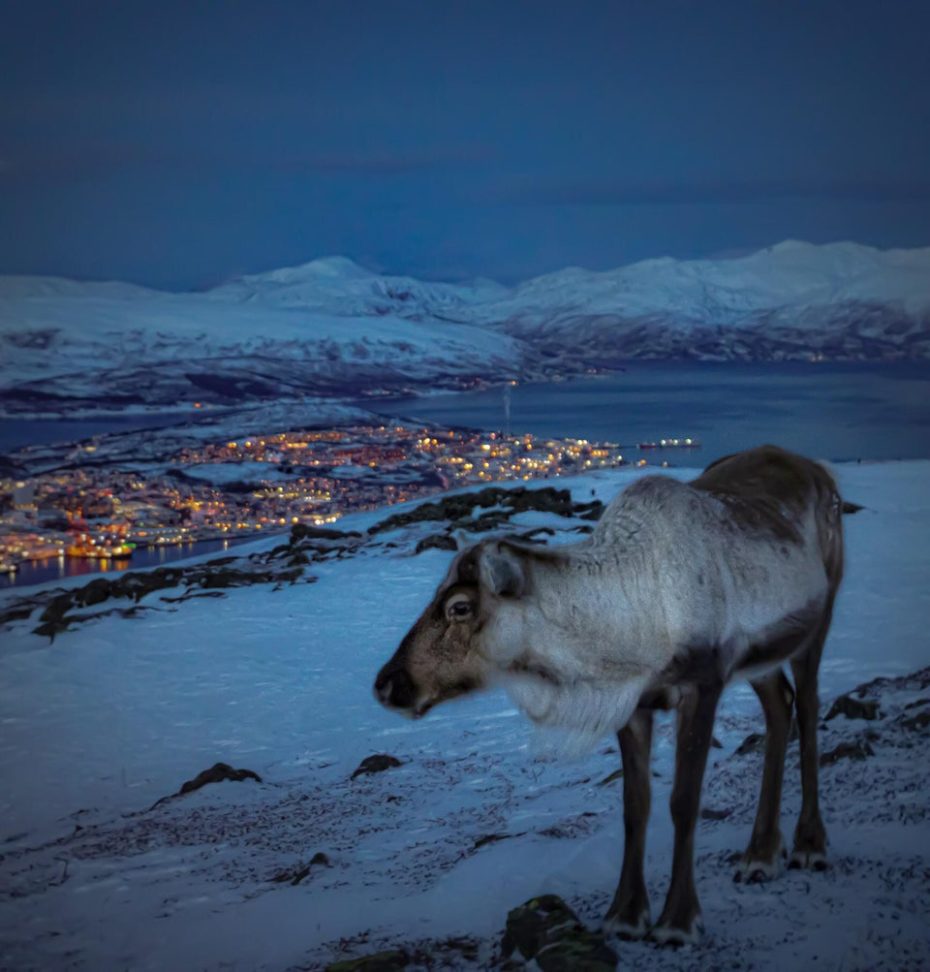
Today, we’re pointing our compass to an alternative seaside town – the Arctic island city of Tromsø, Norway, known for over a century as the “Paris of the North” for its blend of mainland-European and Nordic culture. Dream of spending a night under the Northern Lights in your own Bio-Dome-like house? It awaits you here. Curious to step inside seemingly improbable Victorian and Modernist architecture, or hop on the trail of legendary reindeer riders? To the land of the midnight sun we go!
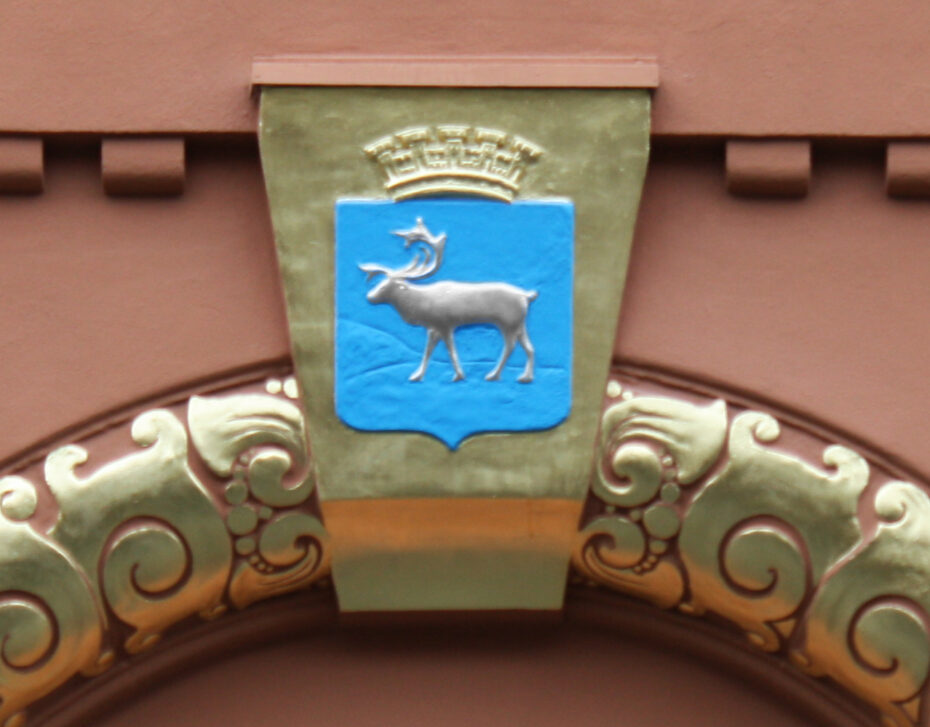
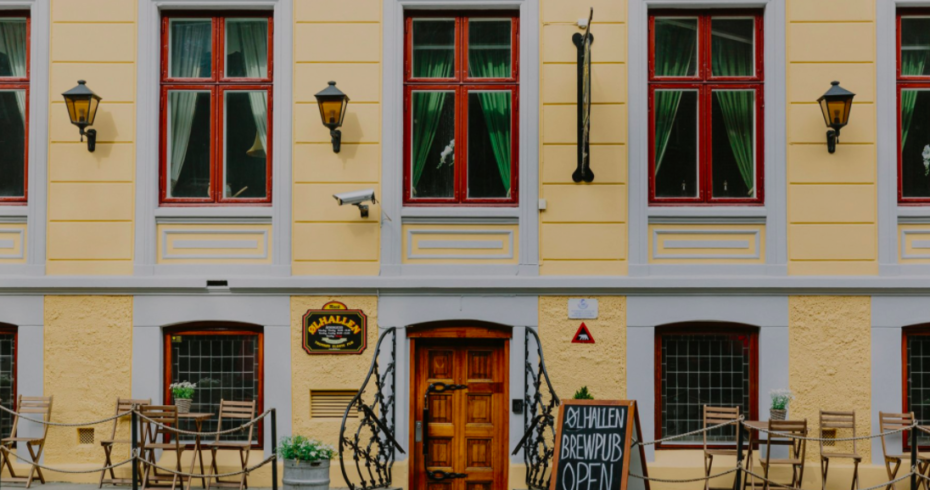
Tromsø is a little over 349 km (217 miles) above the Arctic Circle, and balmier than you’d think, thanks to warming effects of the Gulf Stream; apparently, the Hudson Bay is actually colder.
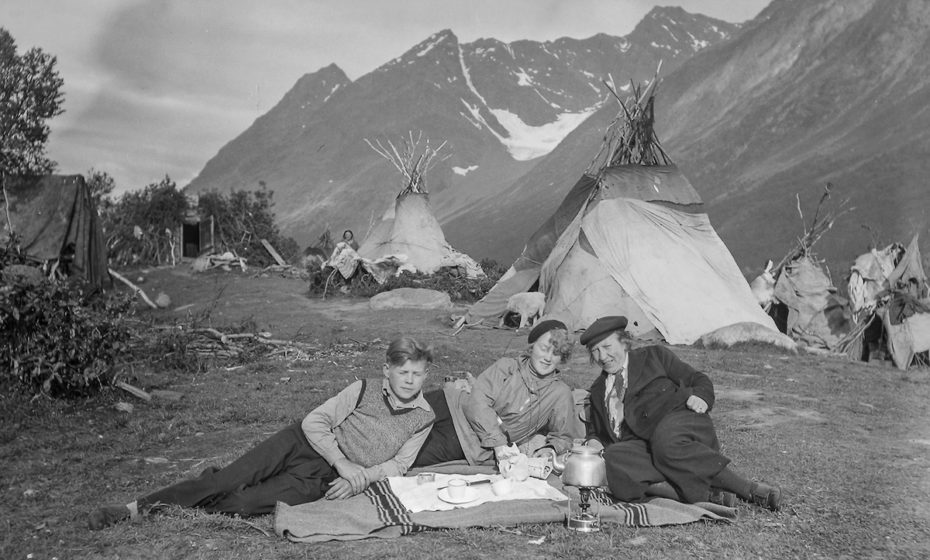
If Tromsø rings a bell, it’s because so many polar expeditions crossed its path – including this intrepid hot air balloon explorer. The fishing trade put it on the map, and by the 1800s Tromsø was already seeing its seasonal influx of curious European tourists.
With the advent of photography in the 19th century, folks far and wide were finally able to see the rising city of Tromsø and its increasingly diverse inhabitants.
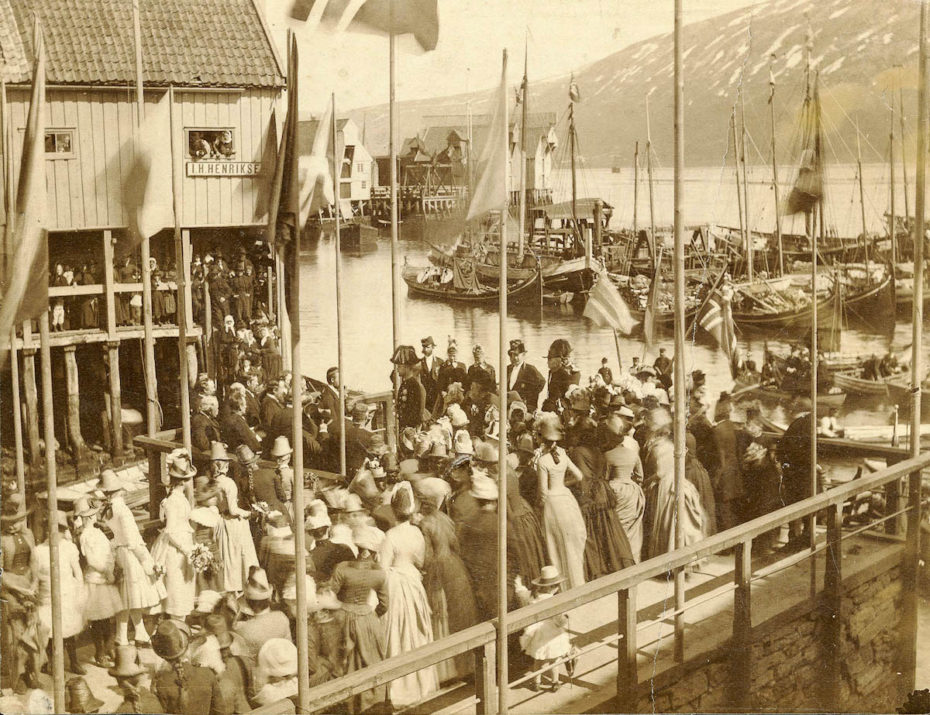
Tromsø was pretty stylish by European standards. Fabrics and fashions arrived from hip cities like Paris, which were partial to the port town’s export of cod. Thus, our bustling little metropolis became known as “the Paris of the North” and the “capital of the Arctic”. Just imagine it’s circa 1880-something, and you’ve been drudging across this sublime, icy landscape as an early tourist, only to find refuge in a home like this, filled with greenery, swanky carpeting and brass light fixtures:
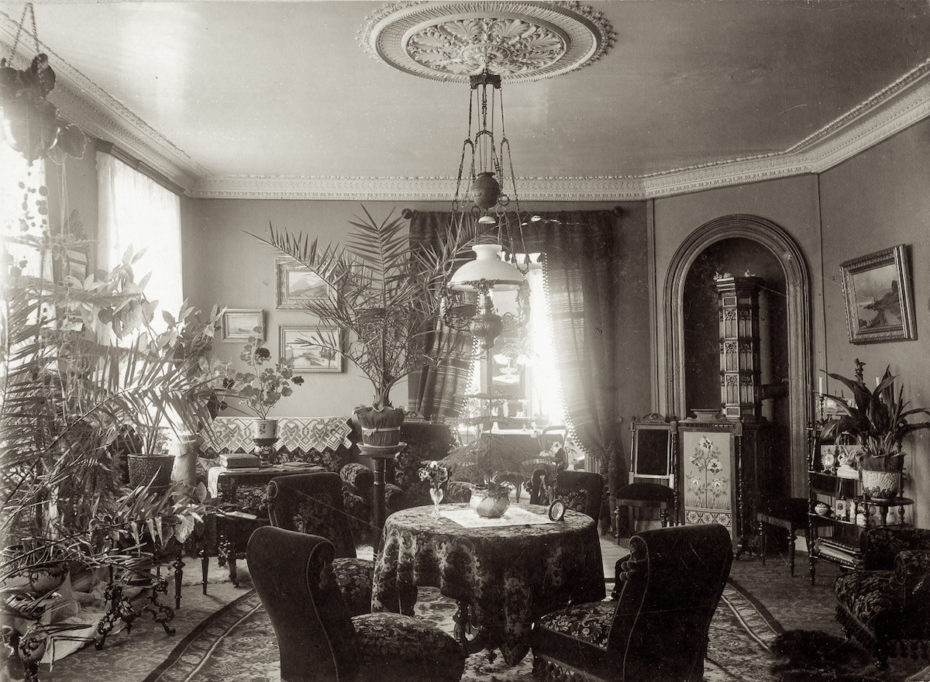
In Victorians and Edwardians Abroad: The Beginning of the Modern Holiday, author Neil Matthews quotes the local indigenous population, the Sami, “The English are wild geese, they come only in the summer, we pluck them and they fly away.”
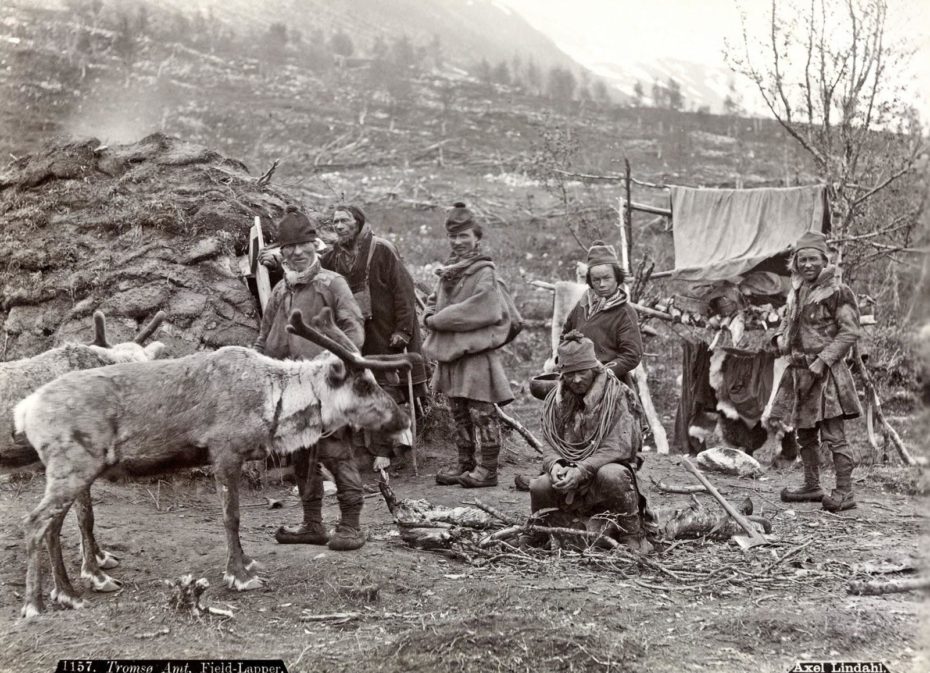
The Sami are some of the last indigenous caucasians living much how their ancestors did 1,000 years ago, though others have modernised. (Fun fact: Renee Zellwegger is of Sami descent.) They are nomadic in nature, hailing from Norway, Finland, Sweden, and Russia. Today, they’re some of the country’s last legal herders of reindeer, which they continue to rely on for both food and transportation around their Lavvu dwellings.
The Sami also specialise in joik singing – which you may recognise from Disney’s Frozen, which was greatly inspired by Sami folklore (and even created a Sami language dubbing for the film). Listen for it in this 1977 documentary, “The Winds of the Milky Way” around 00:35:
As nomads who adhered to the migration of their reindeer rather than national borders, the Sami were issued special documents in WWII to ensure their free passage to-and-from Sweden and Norway. They worked with the Nordic resistance efforts, the British military, and the CIA to stealthily deliver Swedish ammunition by sled, and target German mountain outposts with explosives. At the end of the day, no one could outsmart, or outspeed the Samis through the mountains.
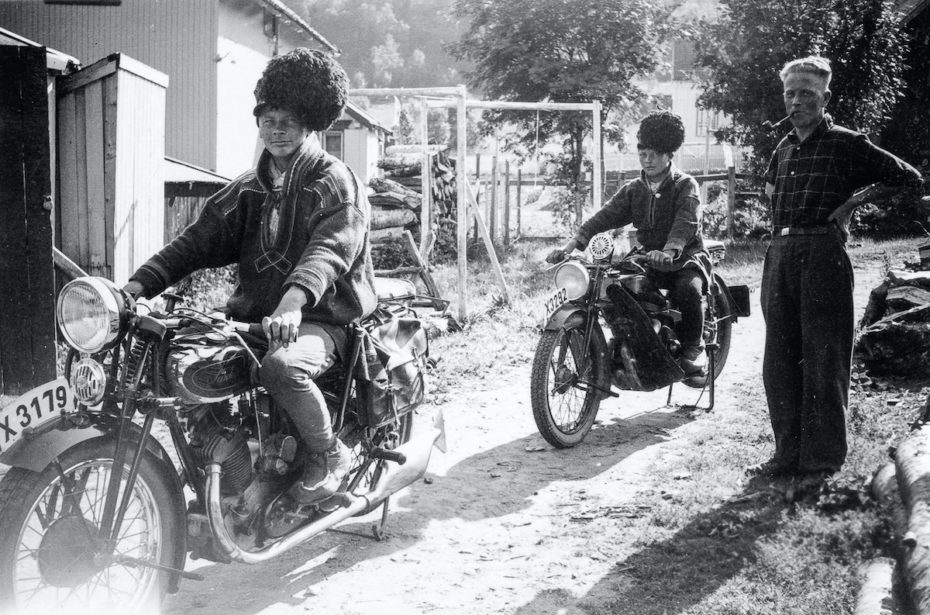
In 2015, after 25 years of negotiations, the UN finally passed the Declaration on the Rights of Indigenous Peoples to help make legislative reparations that restore their quality of life and allow the Sami way of life to thrive (ex. sustainable reindeer herding).
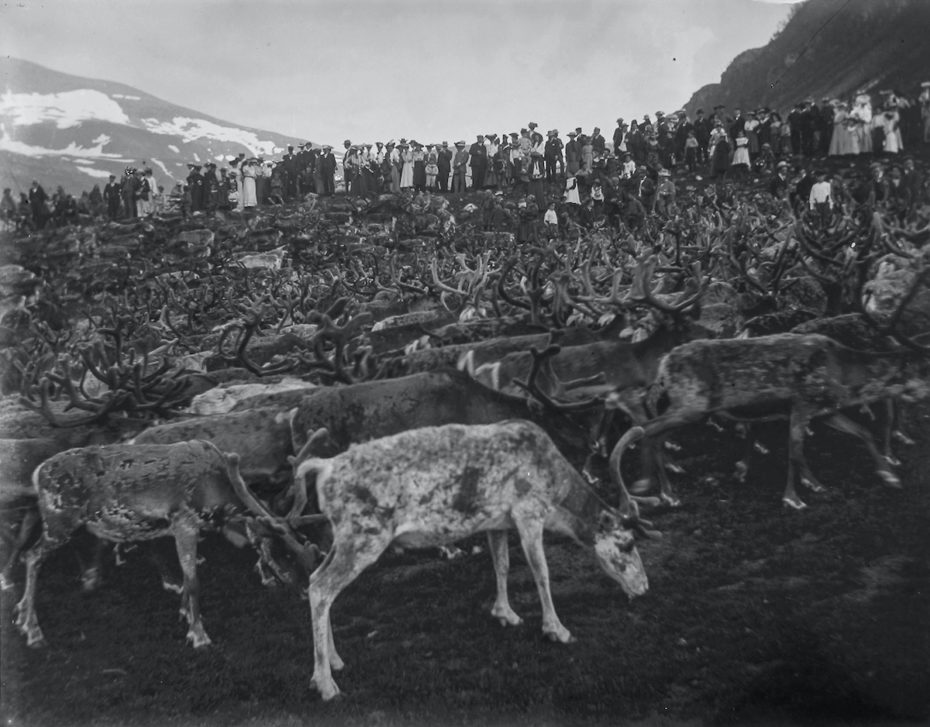
Humans have populated the region for some 10,000 years, but with the establishment of the fish trade, the city began to modernise. Today, it has about 75,000 locals, and makes for a charming weekend trip alternative to bigger cities like Oslo or Bergen. Its pastel coloured houses pop from the vast landscape like a spilled box of sweets…
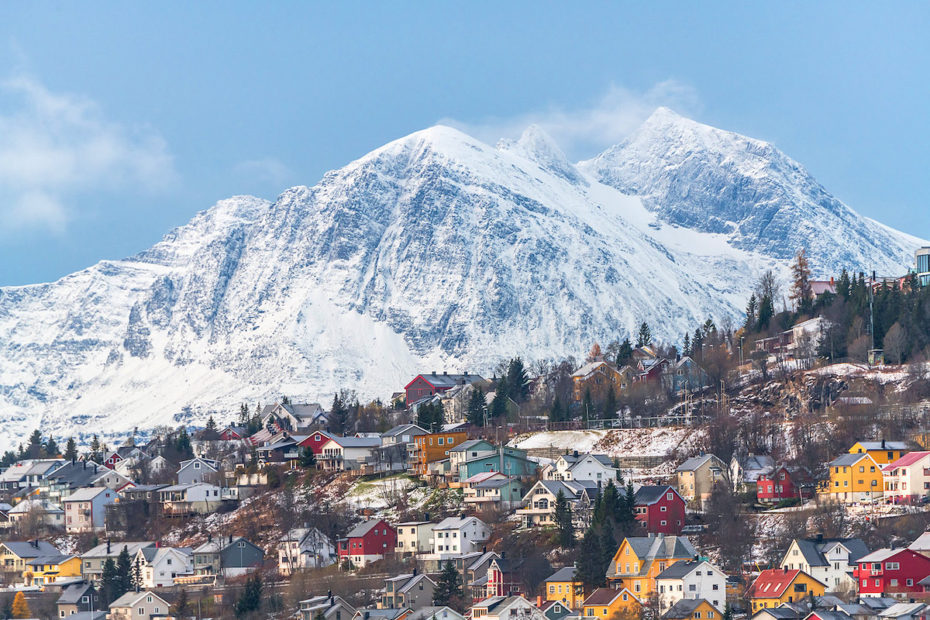
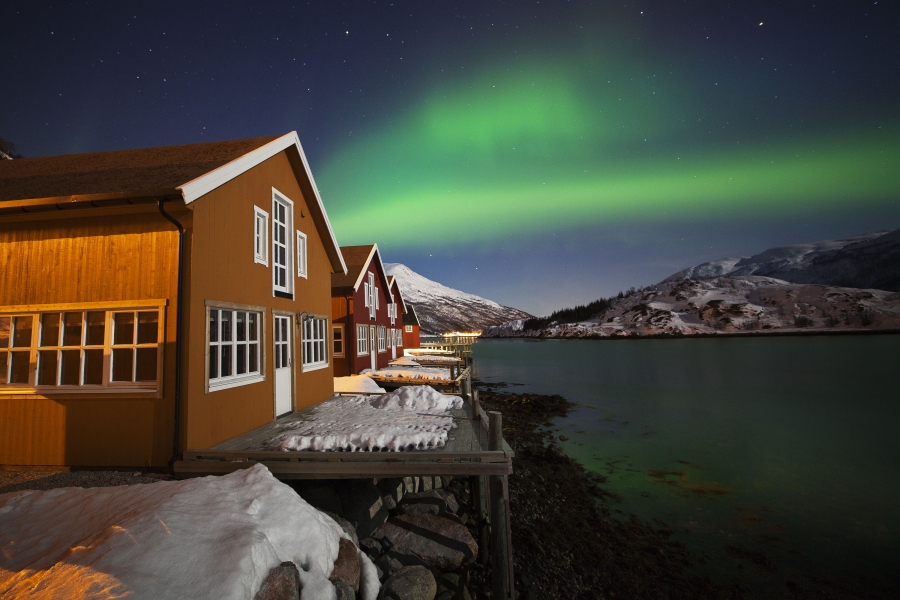
Now, Norway is an expensive place to vacation. If you’re going for a bucket list trip, consider a cozy fjordside fisherman’s cabin with mountain panoramas.
A 90-minute drive from Tromsø, surrounded by the stunning scenery of the Lyngen Fjord, this camping company also offers activities like dog-sledding, snowmobiling, whale-spotting, arctic truck driving, ice fishing and more.
Our pick for cheapest thrill, regarding the toll of physical energy, goes to the cable car service to Mount Storsteinen. Since the 1960s, the cable car has been running “from Solliveien in Tromsdalen up to the mountain ledge Storsteinen (421 m above sea level) in just four minutes,” says their website, “The two gondolas, known as Seal and Polar bear, each have a capacity of 28 passengers.”
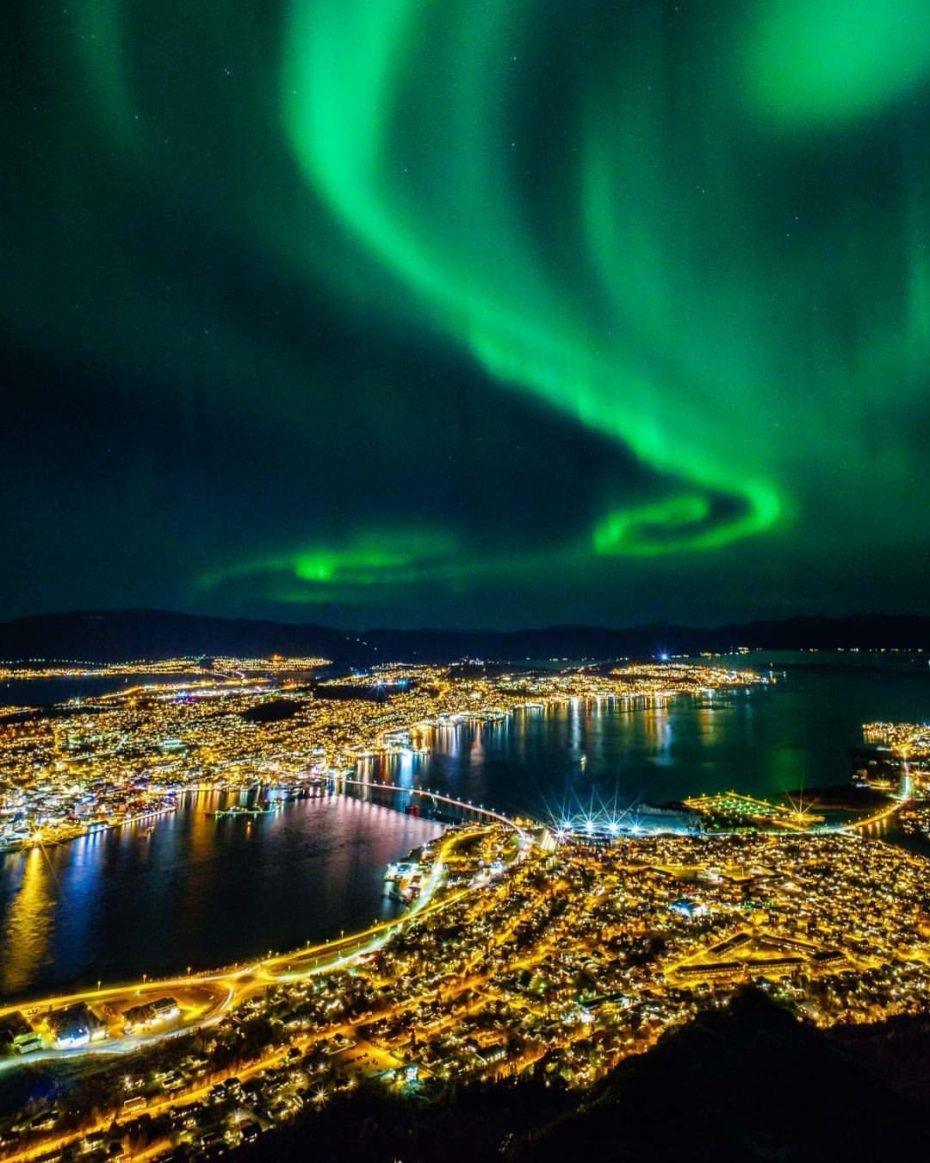
Museum buffs will also want to check out the Polar Museum for a full breakdown of its history. The centre is filled with all kinds of delightful local and national artefacts, from old seed collections to installations on the Aurora Borealis; indigenous, antique, and contemporary exhibits alike…
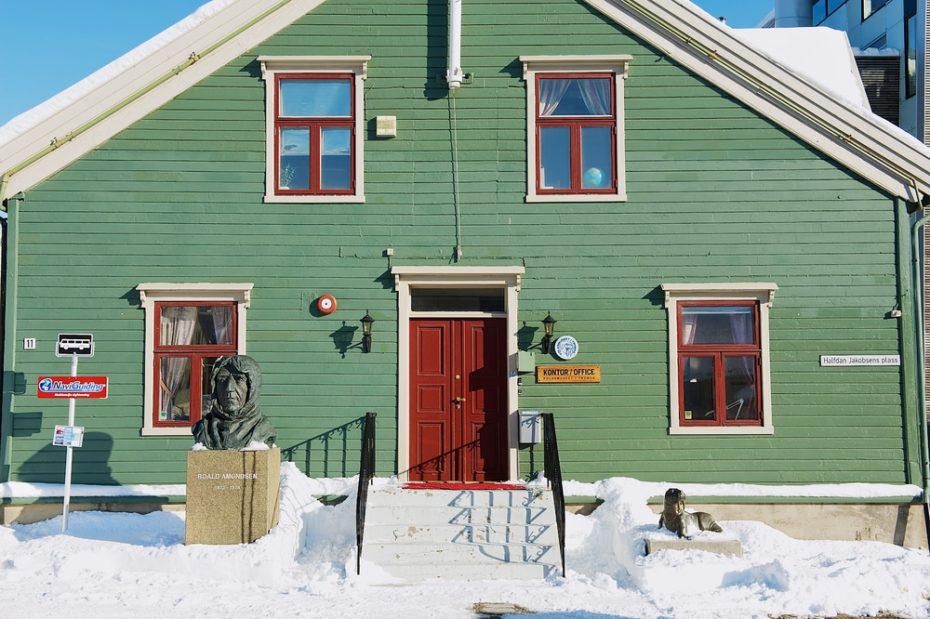
Polar Museum
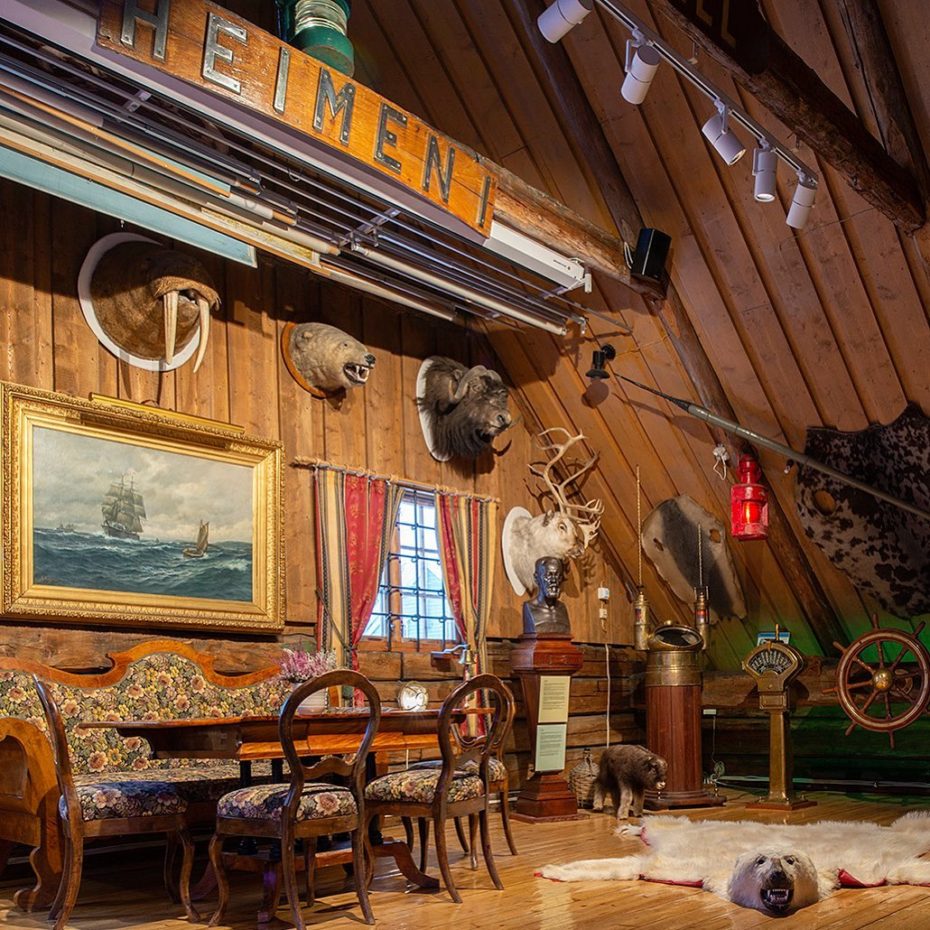
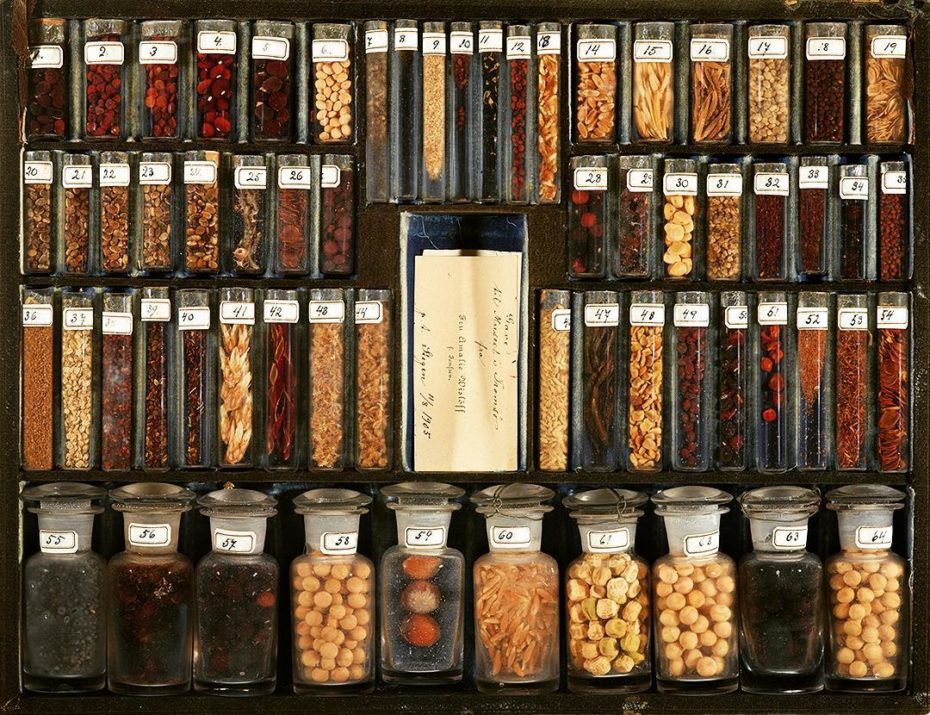
You may not think it upon first glance, but the buttery cottage below dates from 1789. Initially a customs station, today it’s a museum of what is essentially the oldest house in Tromsø, named “Skansen.”
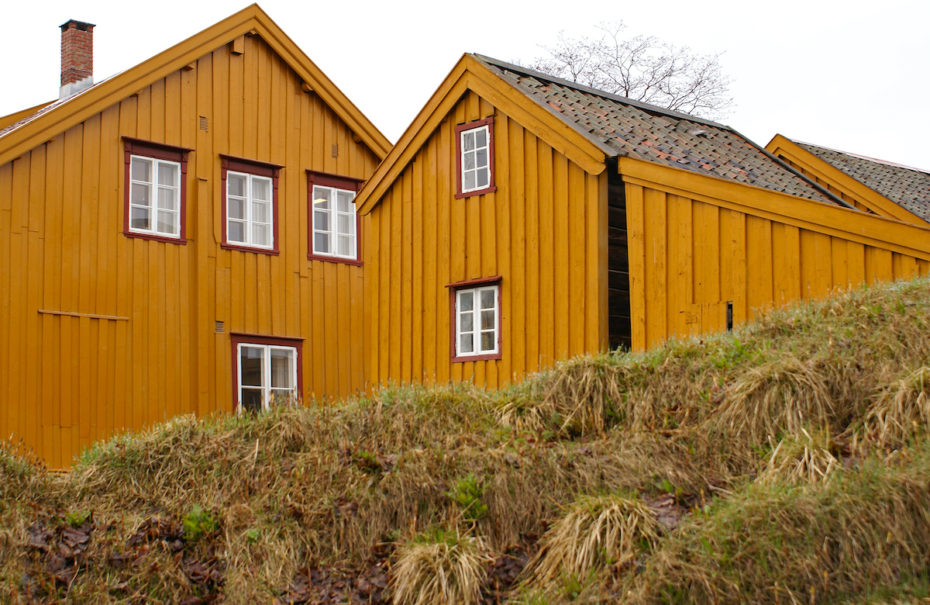
Randi Hausken / Flickr
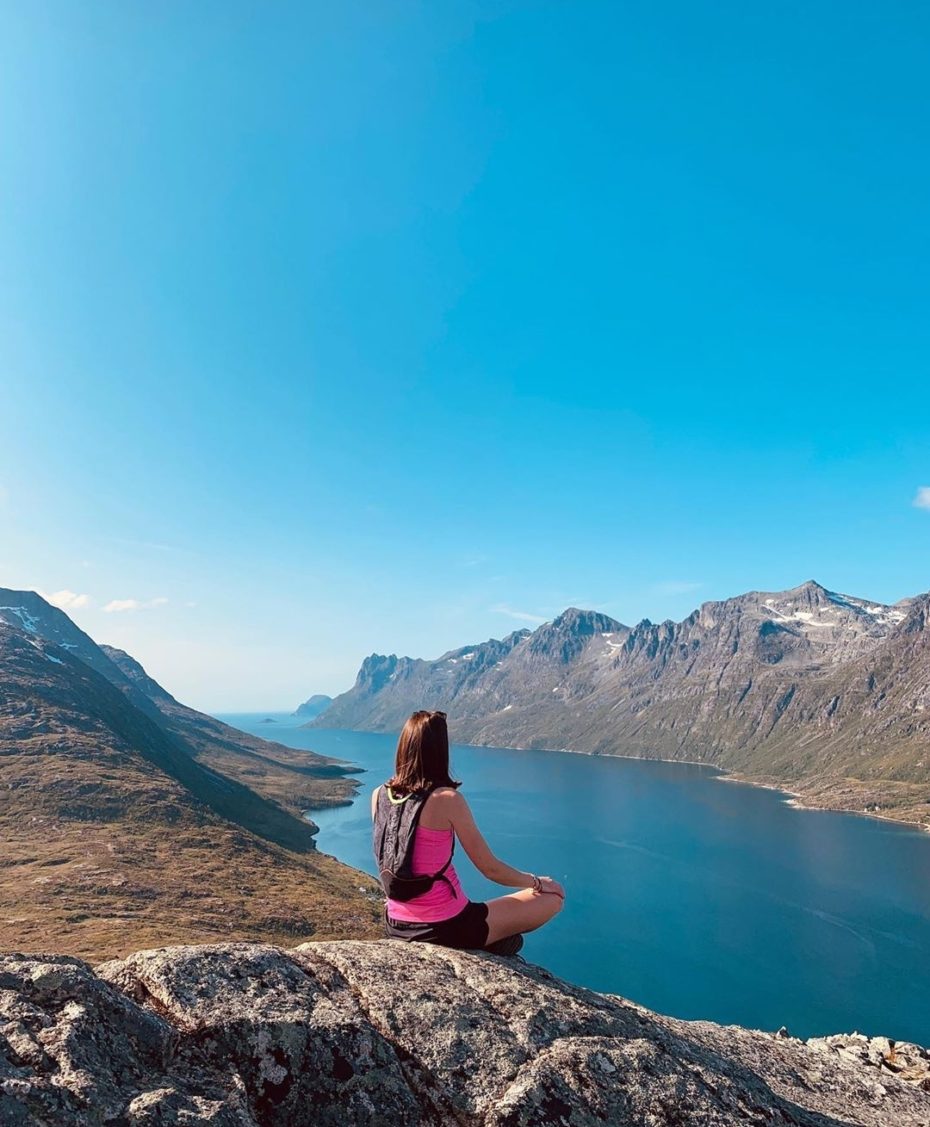
Outdoorsy folk, take note: not only can you realise your fantasies of weaving in an out of fjords by boat, but there’s the “Kroken” ski alpine track nearby, and lovely cross-country trails on both sides of the island, Kvaløya and Tomasjord. There’s also the Tromso Skyrace, a most challenging run with views that make it all worth it…
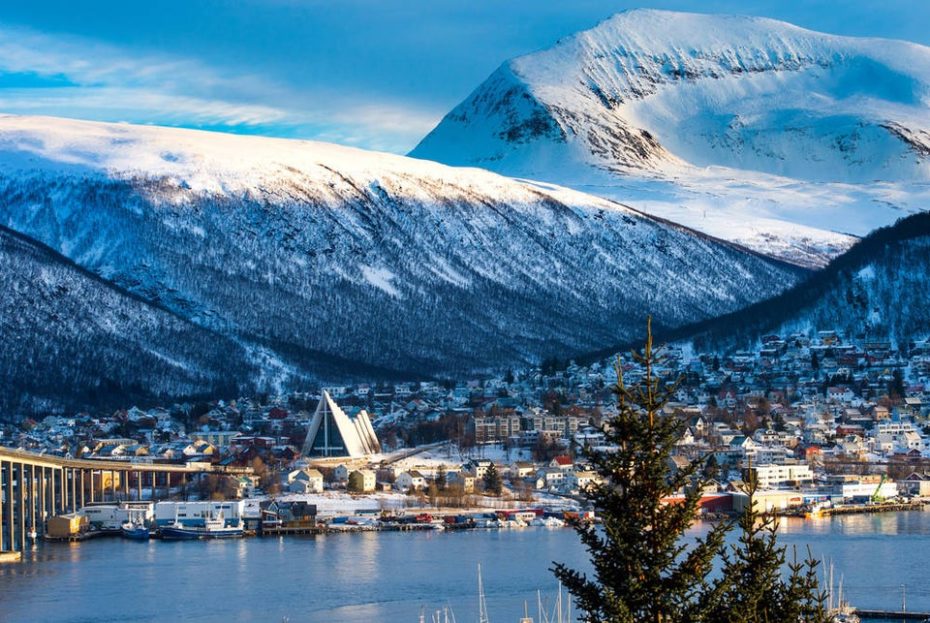
When you live so remotely, you get to boast a lot of “mosts.” Tromsø has the northernmost university in the world. It has the northernmost Protestant church, northernmost football league, and even the northernmost commercial brewery, “Ølhallen,” where you can sip 72 beers on-tap.
It has, to our knowledge, the most epic arctic-fishing-boat-spa on the high seas, known as the “Vulkana”:
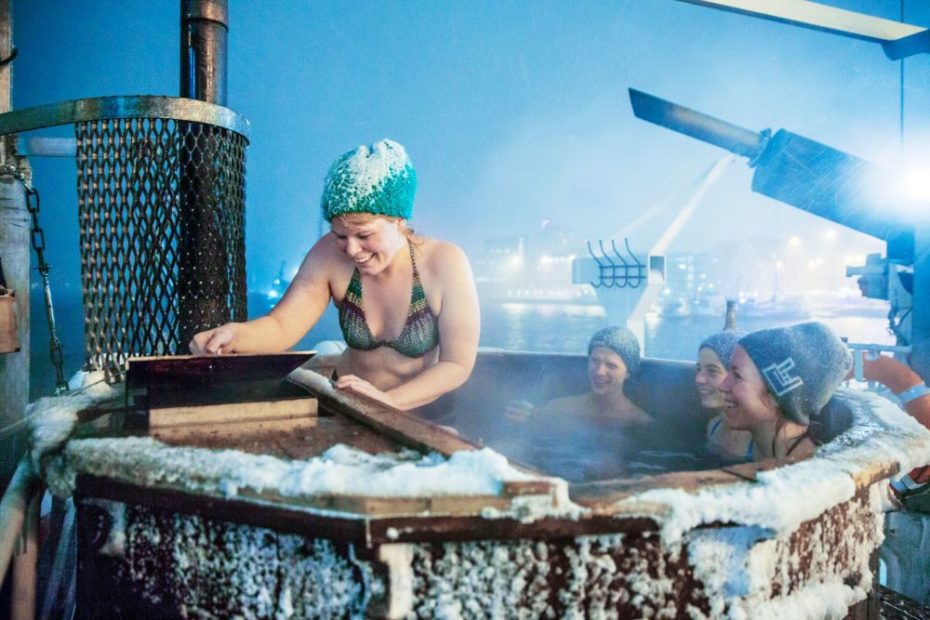
Which brings us to our final stop in Tromsø. While any experience chasing the Northern Lights will be memorable, consider supporting the efforts of local Sami guides to weave viewings into educational experiences of their own culture. “Tromsø Arctic Reindeer” is one such family-run company that offers magical dinners of fireside joiking and sleigh rides under the Aurora Borealis.
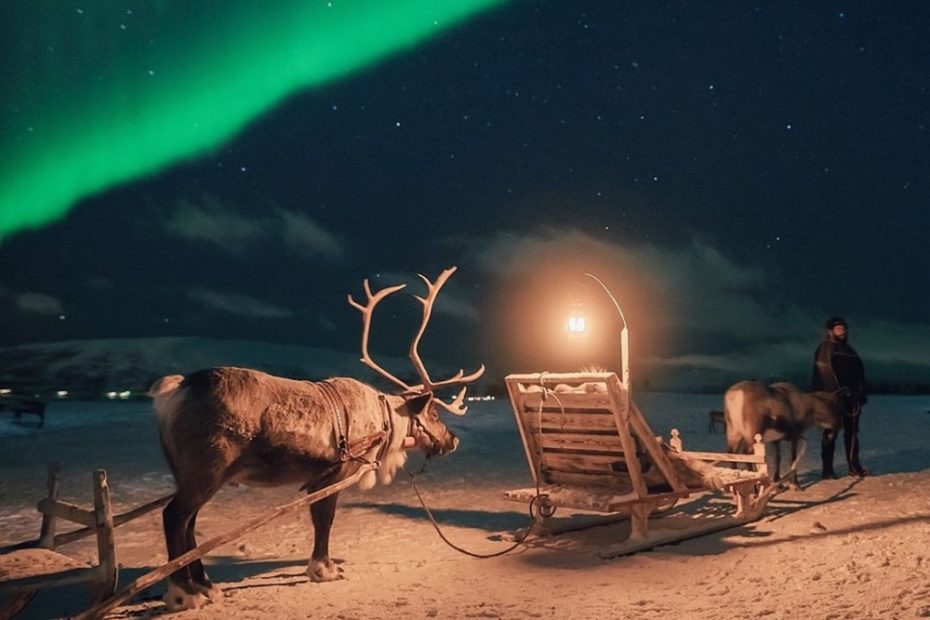
“Although the technology may have changed, our way of life remains the same,” says the family on their site, “We wish to share these traditions with you… to experience the joys of being close to the reindeer, the feeling of coming in from the cold into a warm lavvu to the smells of traditional Sami cooking and the sight of the log fire.” We couldn’t think of a better way to end a trip to Tromsø.
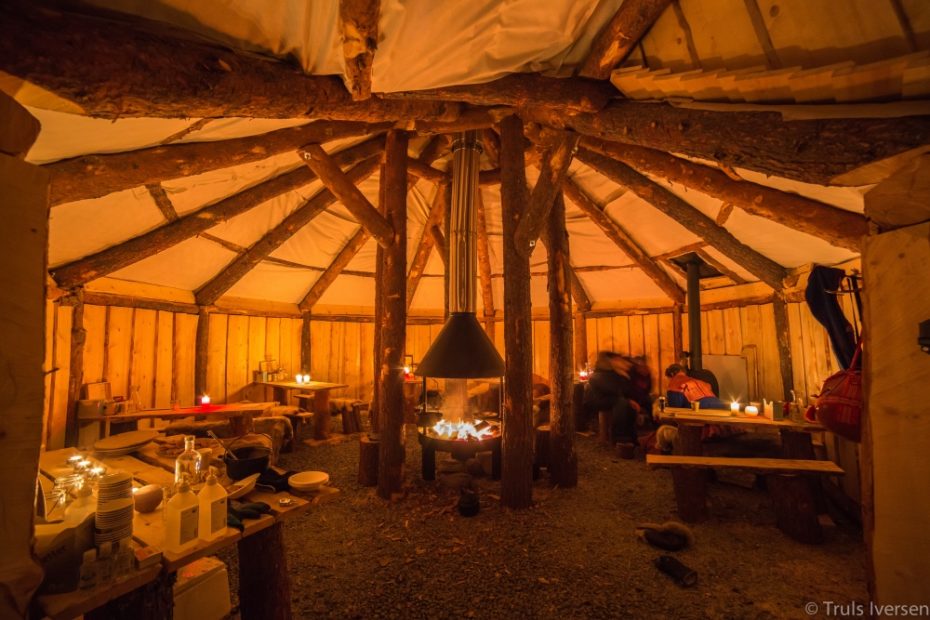
Learn more about Norway’s evolving travel guidelines here, and learn more about Tromsø Arctic Reindeer here.


